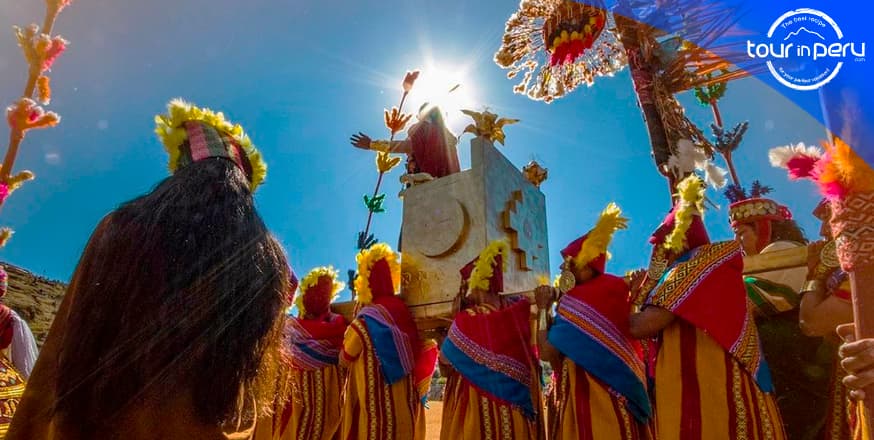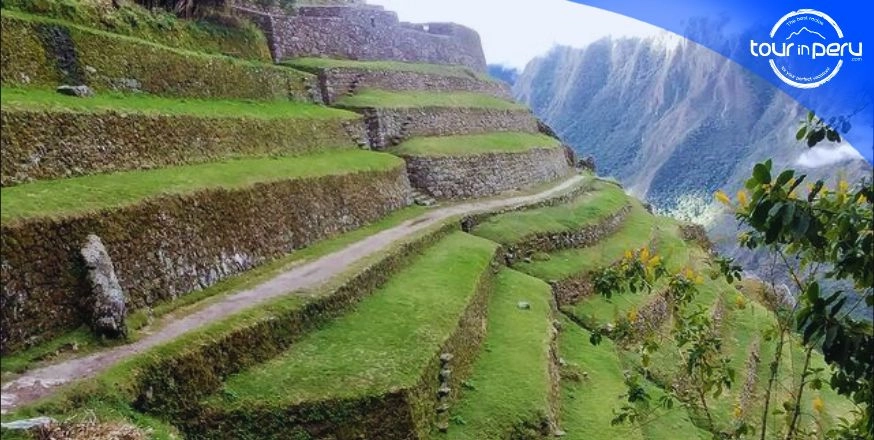Table of Contents
Hard work and strong family ties. That’s ancient Inca life in a nutshell. Yes, that’s a very broad sweep of things.
But whether you were male or female, you didn’t get much down time.
Men were put to work for every ounce of strength they had in their bodies. Agricultural labor, enforced state or military service, your ability to work was a big part of your worth.
And then folks found some relief in the occasional festivities that celebrated life events and key moments in the agricultural calendar.
The Inca Family and Ayllu
Family relations were just as solid and tight as the way bricks are placed in Machu Picchu. That is, nothing could come between them. Strong attachments were made even among distant relations and not just immediate family.
The words for father and uncle were the same. So were the words for mother and aunt. The word for cousin was the same as for brother and sister.
The conventions of naming in Inca families showed that the male line was given the most importance.
The sphere of the wider family would have all been people of the same kin grouping, or ayllu. An ayllu could consist of hundreds of smaller family units. Some were big enough to be designated as a sub-tribe.
Marriages typically took place inside one’s ayllu. So whichever ayllu you were in, you were related to everyone inside of it, quite literally.
Ancestors were revered in regular rituals and ceremonies, accompanied by the belief that the ayllu had come from a common ancestor, someone of legend or even an animal of mythical proportions.
Besides blood, the ayllu owned a specific tract of land that was divided up among the individual families so that they could support themselves.
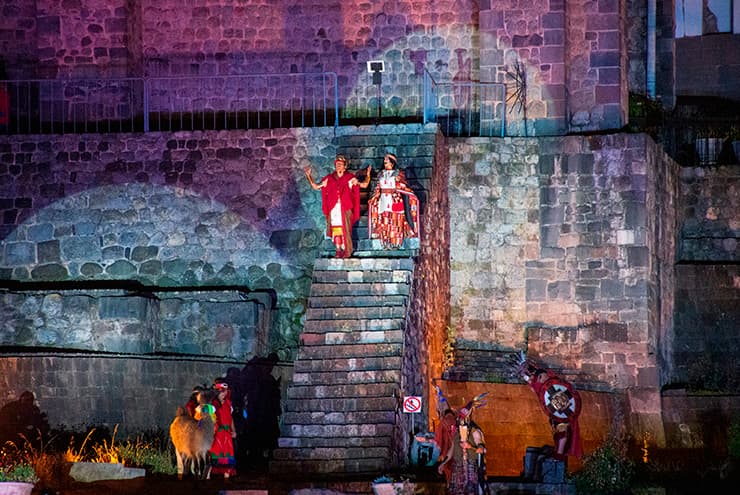
Birth
Births and deaths were high in ancient Inca society. Families had five members on average. There was no form of birth control or infanticide. Allowing a child to live meant have extra help in the fields.
Interestingly, when the mother gave birth, she did so without the help of a midwife. Nor did her work ever really cease. The new baby was carried in a portable cradle that could be transported while mother continued her work.
There were plenty of feasts and ceremonies attached to births and the milestones that children would reach. One such feast was held when the baby was weaned. At such a feast, the baby was named, given gifts, and clippings of nails and hair were made and kept.
The children got their education from their parents. This was simple compared to today, since the Incas had no schools and no writing system. Children were put to work as soon as they could walk.
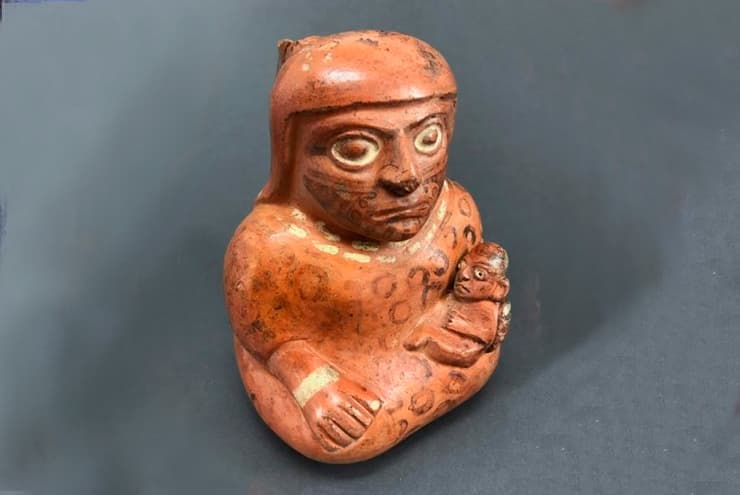
Marriage
It wasn’t economical in Incan society to remain single, so it was expected that everyone would eventually pair off. In fact, boys were not considered men until they were married. Divorce was virtually unheard of.
Individual wedding ceremonies were not the practice of the time. There were annual “group weddings” for couples getting hitched in a particular ayllu.
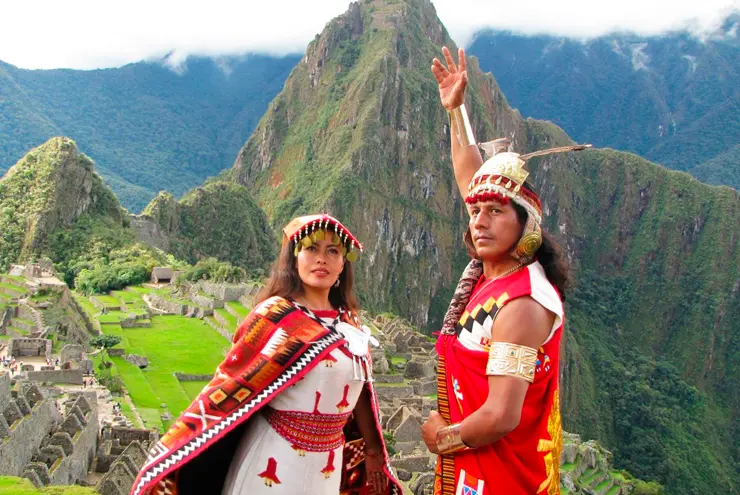
Death
Death was just as doted upon as birth and marriage. Individuals were mummified and stored so that they could continue to be brought out and be a part of public ceremonies.
The dead were typically buried with their possessions. Occasionally, their belongings were burned in ritual.
Especially in the case of rulers, the wives of nobility were sacrificed so that they could accompany their husbands into the next life.
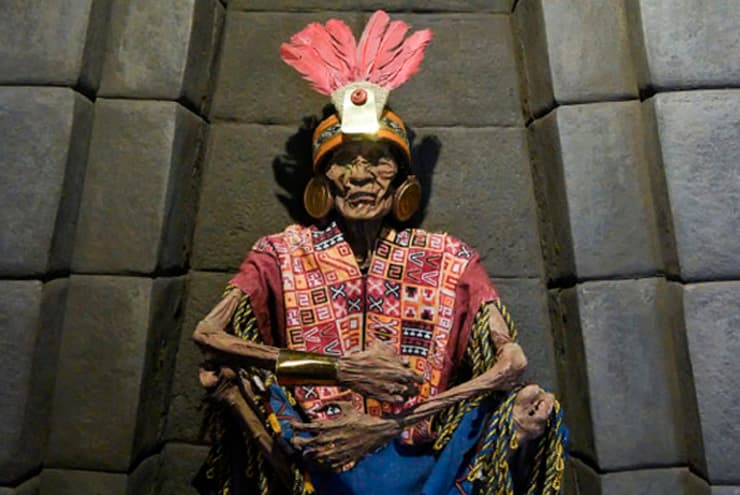
There would be some fascinating stories to read if the Incas had a written language, but sadly, the only testimony to the generations that farmed, birthed, married, died, and repeated the cycle, are silent stones like Machu Picchu.
Until more evidence is unearthed, we are awed by these leavings, and a licensed tour operator like TOUR IN PERU can get you to see these things up close and personal.



